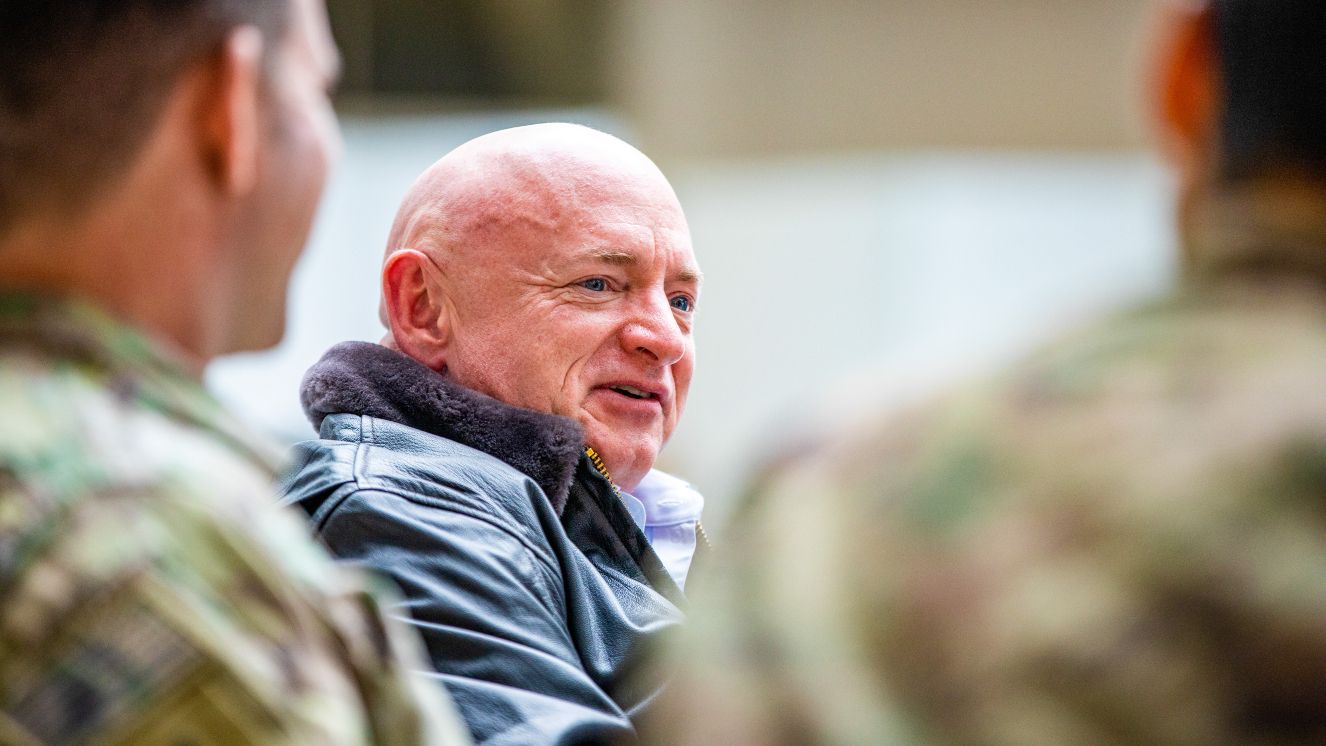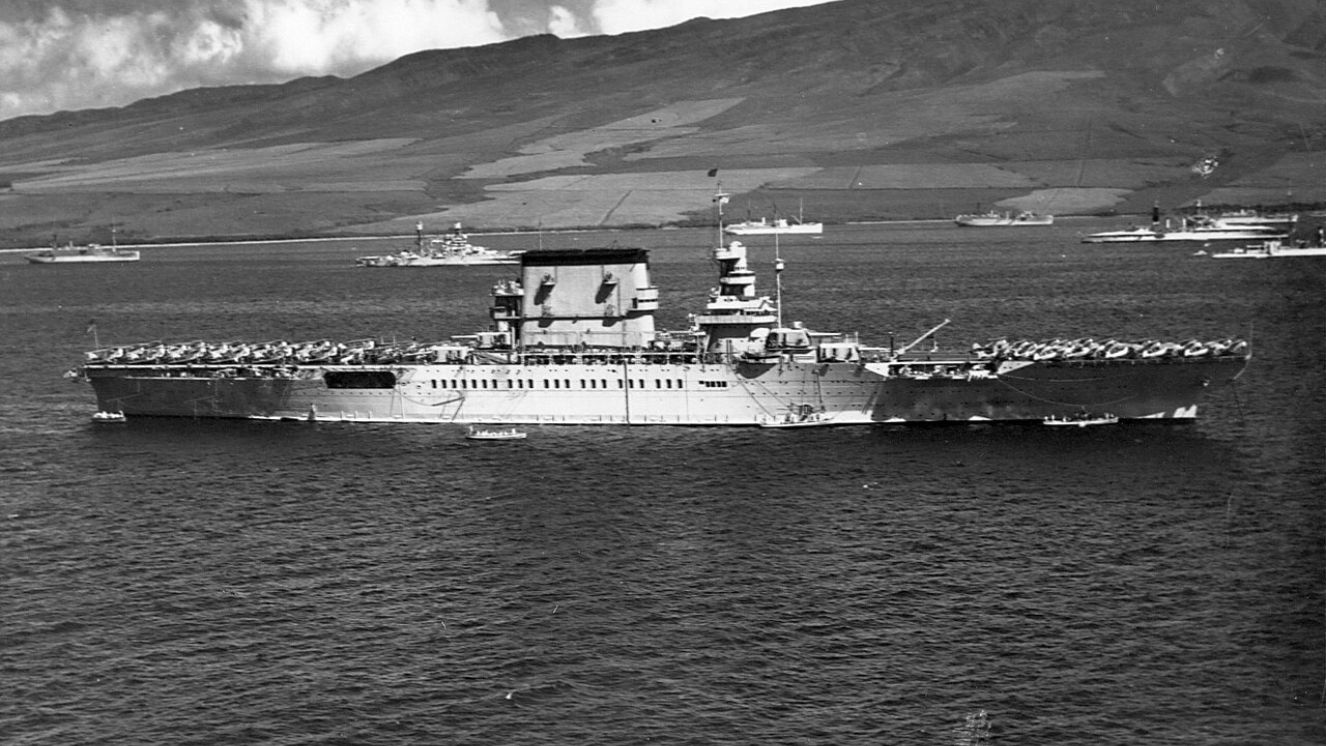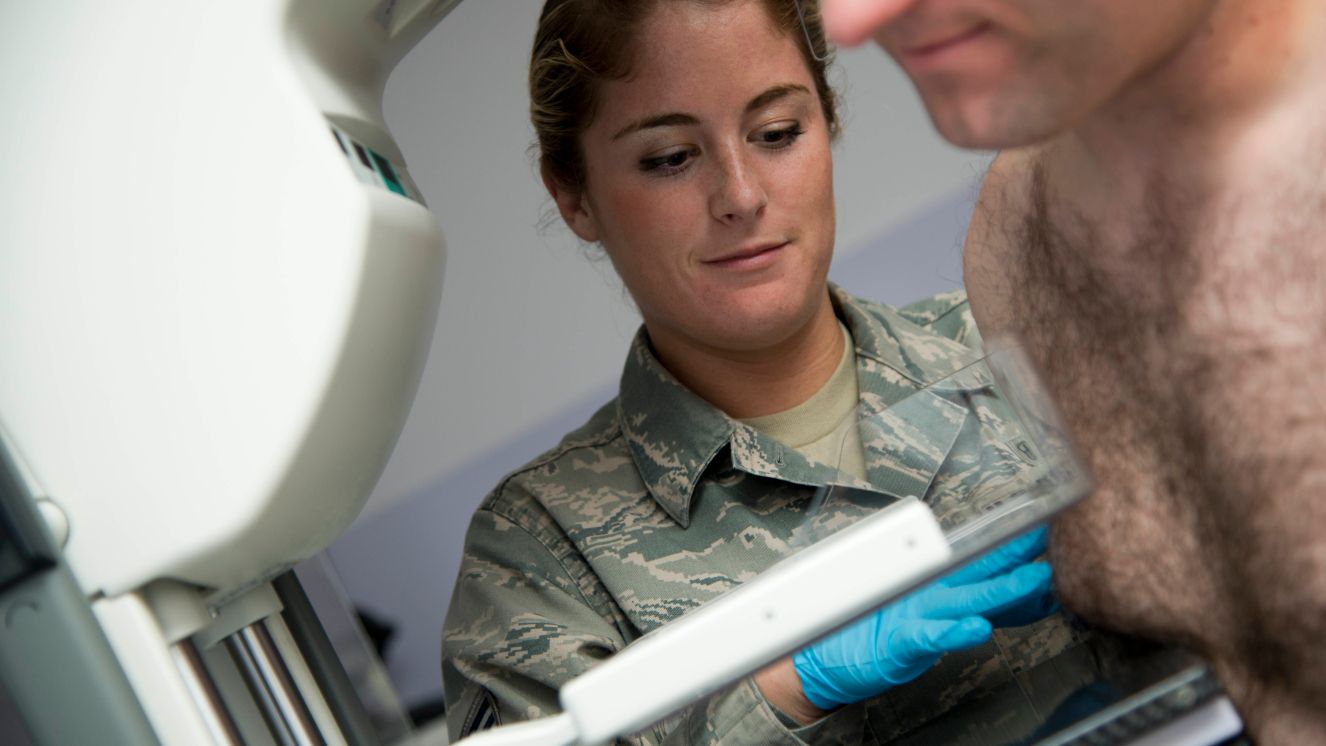"CONFEDERATE ARMY OF MANHATTAN:” THE 1854 PLOT TO BURN DOWN NEW YORK CITY

In the fall of 1864, as the Union troops under General William T. Sherman stormed their way through city after city during their destructive March to the Sea, a handful of Confederate officers and officials hatched a daring plan to inflict a little revenge. A plan to stoke fear in the hearts of citizens across the North, to show them they weren’t safe from the brutalities of the ongoing Civil War.
They called themselves the Confederate Army of Manhattan after their target, for their aim was to set the country’s most populous metropolis and the heart of its commerce ablaze. Luckily, their attempt to set fire to the city was an altogether poorly executed and foolhardy endeavor. This is likely why few people today remember the Confederacy’s audacious and unsuccessful attack on New York City.
New York City in the Civil War
The City of New York played an odd role in the course of the American Civil War. As a major northern city, one might expect it to be a hotbed of support for the Union cause. But it was, instead, a place nearly as divided as the nation itself.
The city was home to major financial institutions and shipping companies, industries that made massive amounts of money off the cotton trade. Thus, many of the city’s leaders and politicians who represented it locally and in Washington preferred peaceful reconciliation with the South, rather than a military victory over it.
And while the city had long been home to Americans of all races and increasing numbers of immigrants, racial animus ran rampant and led to, among other incidents, the infamous New York City Draft Riots in July of 1863. Needless to say, despite the fact that New York State provided more men, equipment, and money than any other during the war, the city that shared its name was perhaps the country’s most conflicted municipality.
The Confederate Plan to Burn New York
The plot to reduce the island of Manhattan to ashes began with members of the Confederate Secret Service working from Canada. Incensed by the aforementioned destruction wrought by Sherman in the South, they decided to give the North a taste of its own medicine. Their original plan was, with the aid of their network of Confederate sympathizers, to infiltrate New York City (as well as Chicago) and set several fires in early November.
Rather than destroy the towns, however, those cities were to serve as distractions that would allow the infiltrators and their allies to storm city arsenals, rob the treasury, fly the Confederate flag from City Hall, then rouse sympathetic locals to their side in taking over the city, and liberate troops held in prisoner of war camps nearby.
In addition to striking a military blow and morale victory, the plan was also meant to further disrupt President Lincoln’s already shaky chances of retaining the White House when Election Day came on November 8th.
Plan Discovered and Union Troops Sent North
The daring plan to take over two of the largest cities in the North could very well have succeeded, but thankfully, they were derailed before they even got underway. Thanks to warnings from a double agent and a second source in Canada, the Lincoln administration learned of the attack far enough ahead of time to warn the mayors of multiple northern cities considered possible targets via telegram, NYC included.
By November 3rd, word had reached the press, with the New York Times even publishing one of those telegrams in that day’s paper. In addition to informing local officials and the public, Lincoln also ordered 3,500 Union troops to New York City to provide security and dissuade any action by potential conspirators or other threats to undermine voting (for anyone wondering if Lincoln used the troops to unjustly influence the election in his favor, the majority of NYC residents voted against him).
Between the public awareness and the military presence, the conspirators abandoned their plans of a pre-Election Day uprising. But not all gave up the idea of putting a northern city to the torch.
The Belated Attempt to Burn NYC
The Confederate infiltration group sent to Manhattan consisted of eight active or Confederate Soldiers, including their leader, Lieutenant Colonel Robert Martin. After arriving in the city, they booked a total of 32 different hotel rooms (mostly along Broadway), which they planned to set fire to with incendiary devices (bottles of so-called “Greek Fire,” a substance that supposedly ignited by contact with oxygen). Despite their inability to put the initial plan into action, they remained in the city. When federal troops left the week after Lincoln’s successful reelection, they decided to use the assets they had for a new plan: burning the city to the ground. And they decided to do it on Evacuation Day, the anniversary of the final departure of British troops from the city at the end of the Revolutionary War.
On the night of November 25th, 1864, six of the Confederate spies (two never showed up) set about the task of placing and setting their incendiary devices in many of the hotel rooms they’d rented. After setting the bed and linens on fire, they would leave, lock the door, and move on to another room or hotel. It all went according to plan except for two hiccups, one minor and one major.
The first was when one of the spies, Captain Robert Kennedy, took a break after hitting the third hotel assigned to him for a drink at a bar. Or, more likely, several drinks, as rather than use his next bottle of Greek Fire in the planned way, he simply tossed it through the front door of P.T. Barnum's American Museum. The second hitch in the plan was that every one of the fires failed to spread. In some cases, they never started at all as the Greek Fire failed to ignite. And even when fires did start, the fact that the spies sealed the rooms afterwards meant they quickly burned through most of the available oxygen, making them fairly easy for the firefighters to put out.
By the time the last fire was extinguished, it was clear the “attack” had failed. While a few of the hotels sustained damage, none were destroyed, and no lives were lost. It even failed to seriously disrupt the everyday goings-on up and down Broadway. When alarm bells rang out, warning people that the Lafarge House Hotel was on fire, the ongoing performance of William Shakespeare’s Julius Caesar at the next-door Winter Garden Theater paused only long enough for one of the lead actors (the one playing Brutus) to confer with the theater manager and make a quick announcement to the audience that the fire was already out. The show went on, allowing the audience of 2,000 to watch the famed Edwin Booth continue playing Brutus on stage alongside, in the roles of Cassius and Marc Antony respectively, his brothers Junius and John Wilkes (yes, that John Wilkes Booth). The Confederate attempt to raze New York City was a bust.
The Escape and Aftermath
By the next morning, descriptions of the conspirators, including their real and fake names, ran in every New York newspaper, and the hunt for the perpetrators was on. The commander of Union troops in the region, Brigadier General John Dix, planned to hang any of his Soldiers caught. Despite that, all of them managed to make it back to Canada, and all but one of them would avoid any kind of retribution for their attempted sabotage.
The unfortunate odd man out was Captain Kennedy, who attempted to return to the south but was noticed and arrested by police at a train station in Detroit, Michigan. After a military trial found him “guilty of being a spy, of irregular warfare, and of setting fire, in company with six confederates, to hotels and places of amusement, which were crowded with men, women, and children,” General Dix made good on his intention and sentenced Kennedy to death. Kennedy was hanged in an offshore fort in New York Harbor on March 25th, 1865, two weeks before the Confederate surrender at Appomattox essentially ended the Civil War.
Suggested reads:
Veteran & Military Affairs Correspondent
BY PAUL MOONEY
Marine Veteran
Paul D. Mooney is an award-winning writer, filmmaker, and former Marine Corps officer (2008–2012). He brings a unique perspective to military reporting, combining firsthand service experience with expertise in storytelling and communications. With degrees from Boston University, Sarah Lawrence Coll...
Credentials
- Former Marine Corps Officer (2008-2012)
- Award-winning writer and filmmaker
- USGS Public Relations team member
- Science communications specialist



